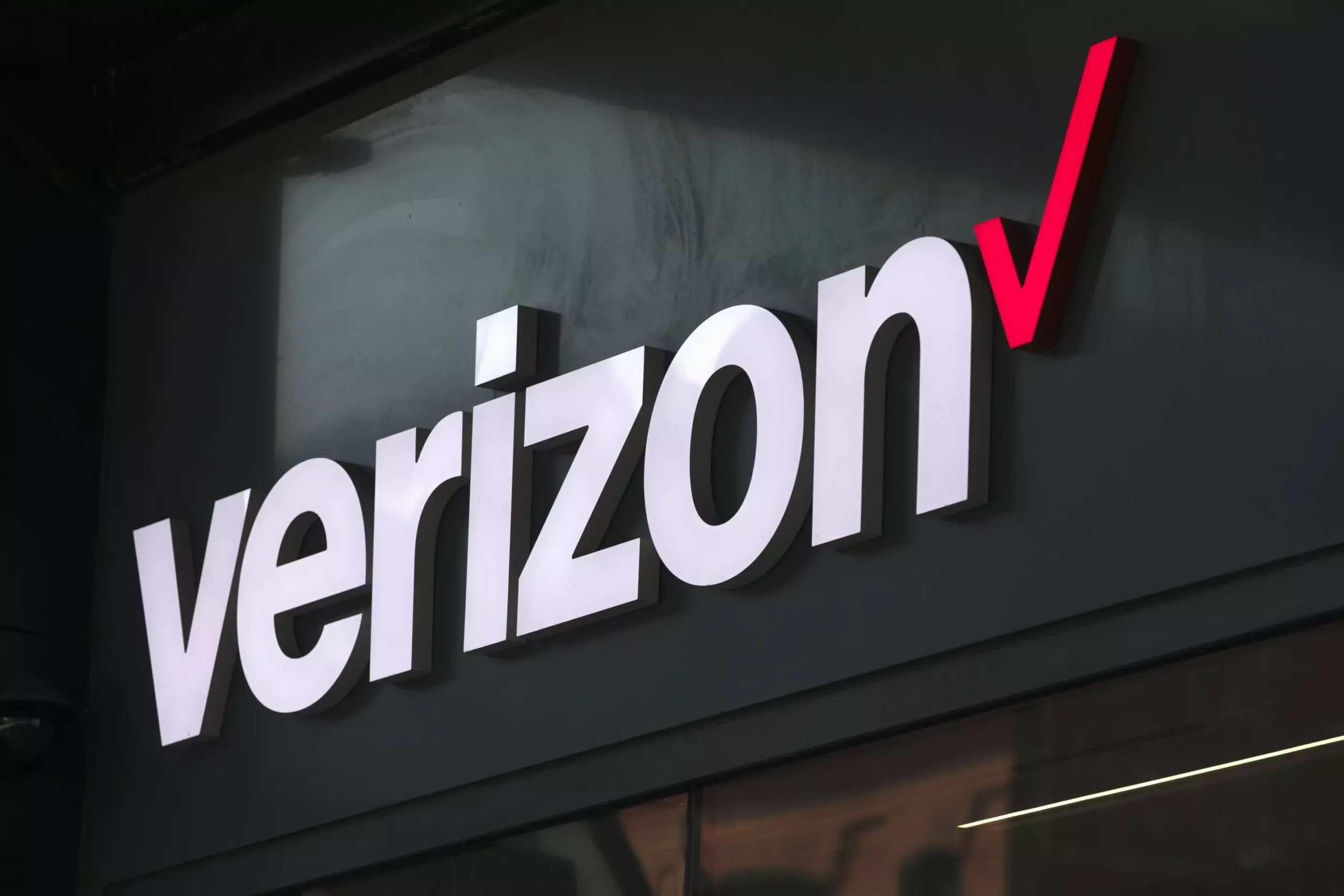On a seemingly ordinary Monday, Verizon customers across America experienced significant disruptions to their cellular service, affecting tens of thousands of users. The scale of the incident was alarming, as indicated by DownDetector, a service that tracks outages, reporting over 100,000 complaints shortly after 11 a.m. ET. Although the volume of grievances decreased by the afternoon, the challenges persisted for nearly 48,000 consumers as late as 4 p.m. ET. This situation underscores a crucial vulnerability in telecommunications infrastructure, particularly for a major service provider like Verizon, which has become essential to daily communication.
What makes this incident particularly noteworthy is its widespread nature. Customers in various regions, including the Southeastern U.S. still grappling with the effects of Hurricane Helene, reported issues. The problems, however, were not confined to any singular area; DownDetector’s data revealed disturbances across the West Coast, Midwest, and Northeast. The extensive geographic reach of the outage raises questions about the robustness and redundancy systems put in place by major carriers to handle unexpected service drops.
In an effort to address the mounting frustration among its user base, Verizon took to social media to acknowledge the situation, stating that they were “aware of an issue impacting service for some customers.” Their commitment was evident as they assured that their engineers were diligently investigating to expedite the restoration of services. The role of effective communication in a crisis cannot be overstated; timely updates can help alleviate customer anxiety and restore trust in the service.
The response from the Federal Communications Commission (FCC) was also significant. While they recognized the outage, they refrained from providing an elaborate account of the cause. This lack of detailed information might cause concern among users and underscores the need for regulatory bodies to have transparent strategies in place for better crisis communication. Understanding the underlying causes of such outages is essential for consumers and stakeholders alike.
As users took to social media to express their frustrations, many encountered SOS signals on their Verizon iPhones, an indication that their devices were having trouble connecting to cellular networks. This scenario can be alarming for users, especially during emergencies when reliable connectivity is paramount. However, there’s a silver lining; alternative options, such as using Wi-Fi calling, remain available. Most modern smartphones come equipped with this feature, allowing for emergency communications during service interruptions.
The Verizon service outage may serve as a critical point of reflection for customers and providers alike. It highlights the vulnerability of communication networks and raises essential questions about how service providers prepare for and respond to widespread issues. As technology continues to advance, it is vital for companies to not only enhance their infrastructure but also to ensure clear and efficient lines of communication with their user base in times of crisis. Ultimately, such experiences can inform better practices and greater resilience in the face of challenges that may arise in the ever-connected digital age.


Leave a Reply